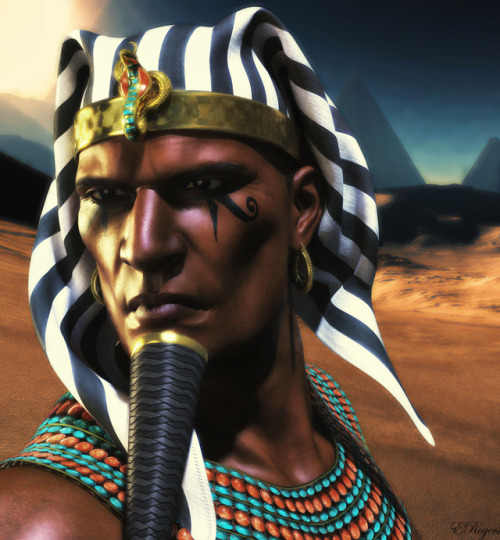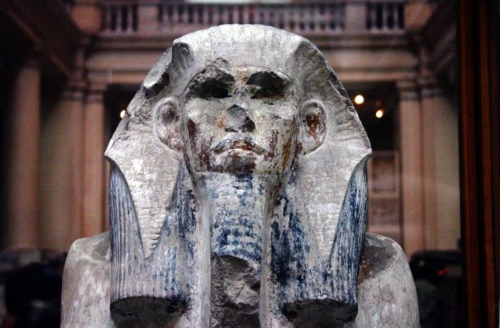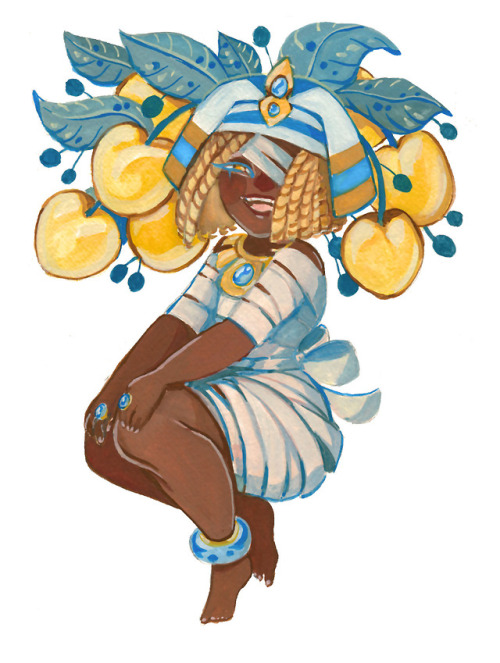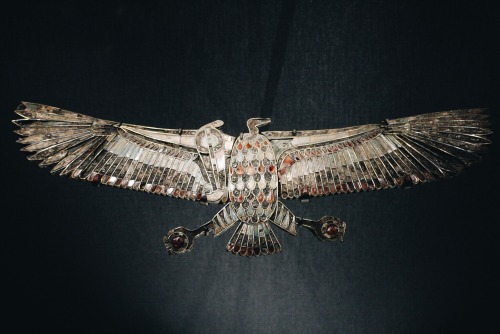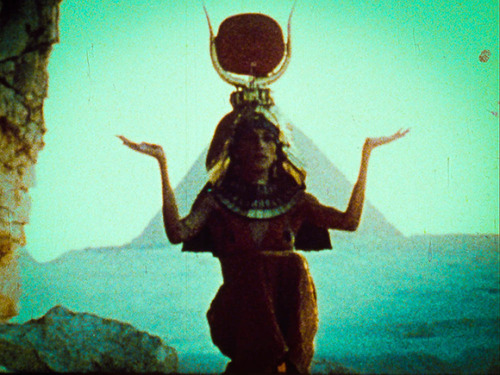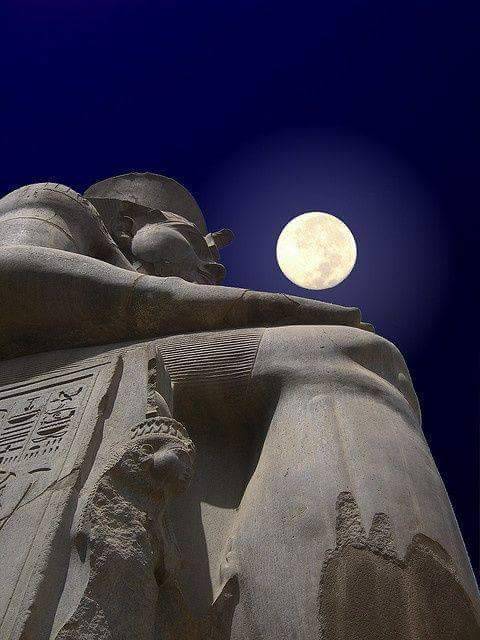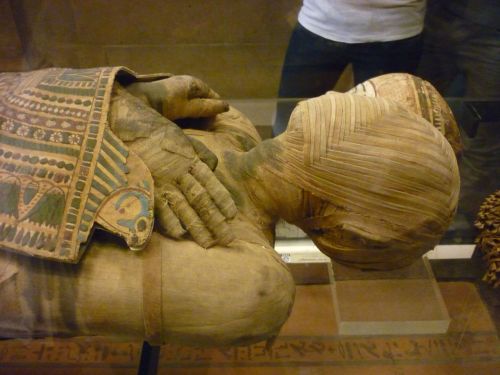#pharoah
Not sure if I should have titled this “Pharoah takes a Selfie” but hey they probably would if they could have. Upon the endless desert sands in the shadow of his ancestors tombs the Pharoah watches. As with all the Egyptian themed images, using Dreamlights Super HDRI lighting, background due in VUE with Pryamids from Sketchup As normal best viewed on my Artstation Page https://www.artstation.com/p/D1b0A
Post link
Djoser was an ancient Egyptian king(pharaoh) of the 3rd dynasty (approx. 2668 BC). The third Dynasty marks the beginning of the Old Kingdom , which has also been called “The Age of the Pyramids”. This pharoah commissioned the first Pyramid in ancient Egypt “The Step Pyramid” constructed by his chief architect and scribe Imhotep.
Pic 1. Limestone statue of Djoser, Egyptian Museum in Cairo
Post link
Cherry Mummy - Gouache
My fav by far. It’s always the last one I do that becomes the best one.
I made her a mummy but she needed more razzle dazzle, so she became a pharaoh.
Post link

This week in Audio News from Archaeologica (¼): History of Black Pharaohs unearthed in northern Sudan. Find out more on our website, or your favorite podcast service, like Spotify: https://spoti.fi/2PilzfW.
Pectoral
Egyptian
1783–1550 B.C
Gold and silver with inlays of carnelian and glass
“Composed of baseplates made of hammered silver sheet, with soldered and gilded silver cloisons (partitions) inlaid with carnelian and glass, this sumptuous pectoral was fit for a king. It takes the form of a vulture with outstretched wings representing the tutelary goddess of Upper Egypt, Nekhbet, grasping coils of rope, a symbol of eternity. To the left of the vulture’s body is a rearing cobra. She is Wadjyt, the goddess of Lower Egypt. Together, they form a pair referred to as the “two ladies,” guardian deities of the king.
The pectoral was made as a piece of funerary equipment rather than as jewelry to be worn in life. The three separate pieces representing the wings and body of the bird were not joined to one another; rather, the edges of the base plates were pierced with holes for fastening the ornament to something else, most likely the chest of the mummy or an anthropoid coffin. The wings also curve laterally, further supporting this assumption.”
Photo by Shelby Navone
Edited in VSCO Cam
Object and Description from The Boston Museum of Fine Arts
Post link
Bust of Queen Nefertiti, discovered in Amarna, Egypt, made by Thutmose
“The Nefertiti Bust is a 3,300-year-old painted limestone bust of Nefertiti, the Great Royal Wife of the Egyptian Pharaoh Akhenaten, and one of the most copied works of ancient Egypt. Owing to the work, Nefertiti has become one of the most famous women of the ancient world, and an icon of feminine beauty.” (Source)
Post link

